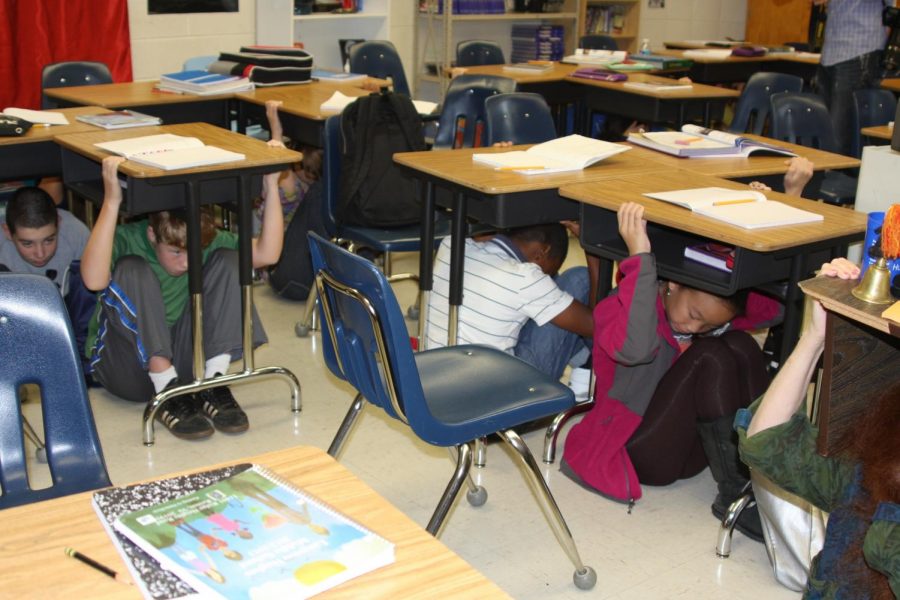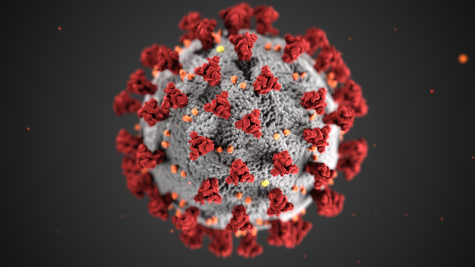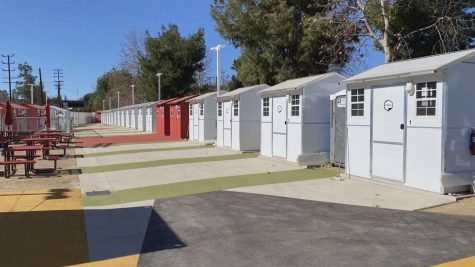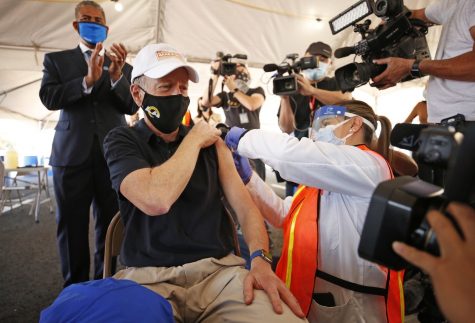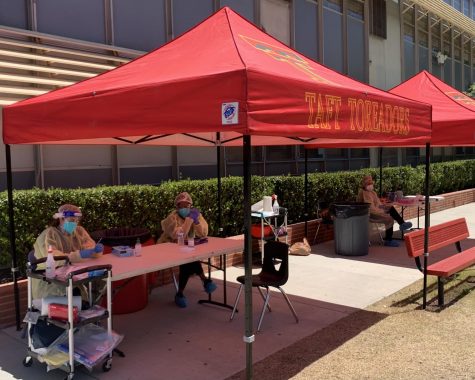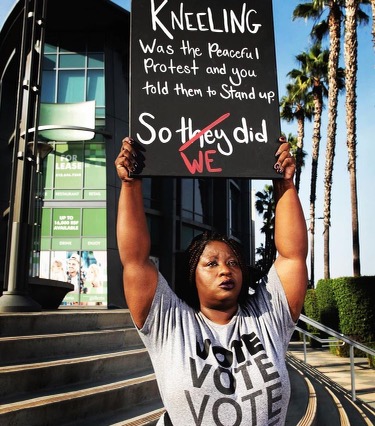School Drills and How They Affect Students
Students participating in the Great Southeast Shakeout drill at Langston Hughes Middle School in Reston, Virginia.
Many schools participate in drills to ensure that the students will be safe in case of natural disasters or dangerous situations like school shootings. If there were to be an earthquake, they have taught you to take cover under the nearest table if you are in a classroom, stay away from glass or windows, and to not go outside during an earthquake. Other drills students participate in are active-shooter drills and fire drills. If there were to be an active shooter on campus there are steps you should be ready to implement, but the most important thing to do is to listen to the adult in the classroom. While we have lockdown and shelter in place drills, where the lights are turned off, and students and teachers are told to stay quiet, there are more specific suggestions should situations become more dangerous. Teachers and staff are the first responders who are supposed to determine what the safest option is for students in their care. Students also participate in fire drills. If there is a fire nearby, students are supposed to stay calm, stay low to the ground if there is smoke in the air, and evacuate the building. These protocols are proof that schools and teachers try their best to keep their students safe and secure.
Dangerous situations like these can happen at random, and when they do, you need to follow those protocols. We’ve talked about what to do during some dangerous situations, but have we ever thought about how the students feel? Schools haven’t really paid attention to how the students are affected by the drills. Kids joke around when there is a lockdown or something but if it happens for real, their whole mood can change. Do they feel safer because of the drills, or does the preparation make them feel more frightened? And in some cases, does the apathy associated with students practicing these wildly dangerous and terrifying drills show that students are suffering from PTSD??
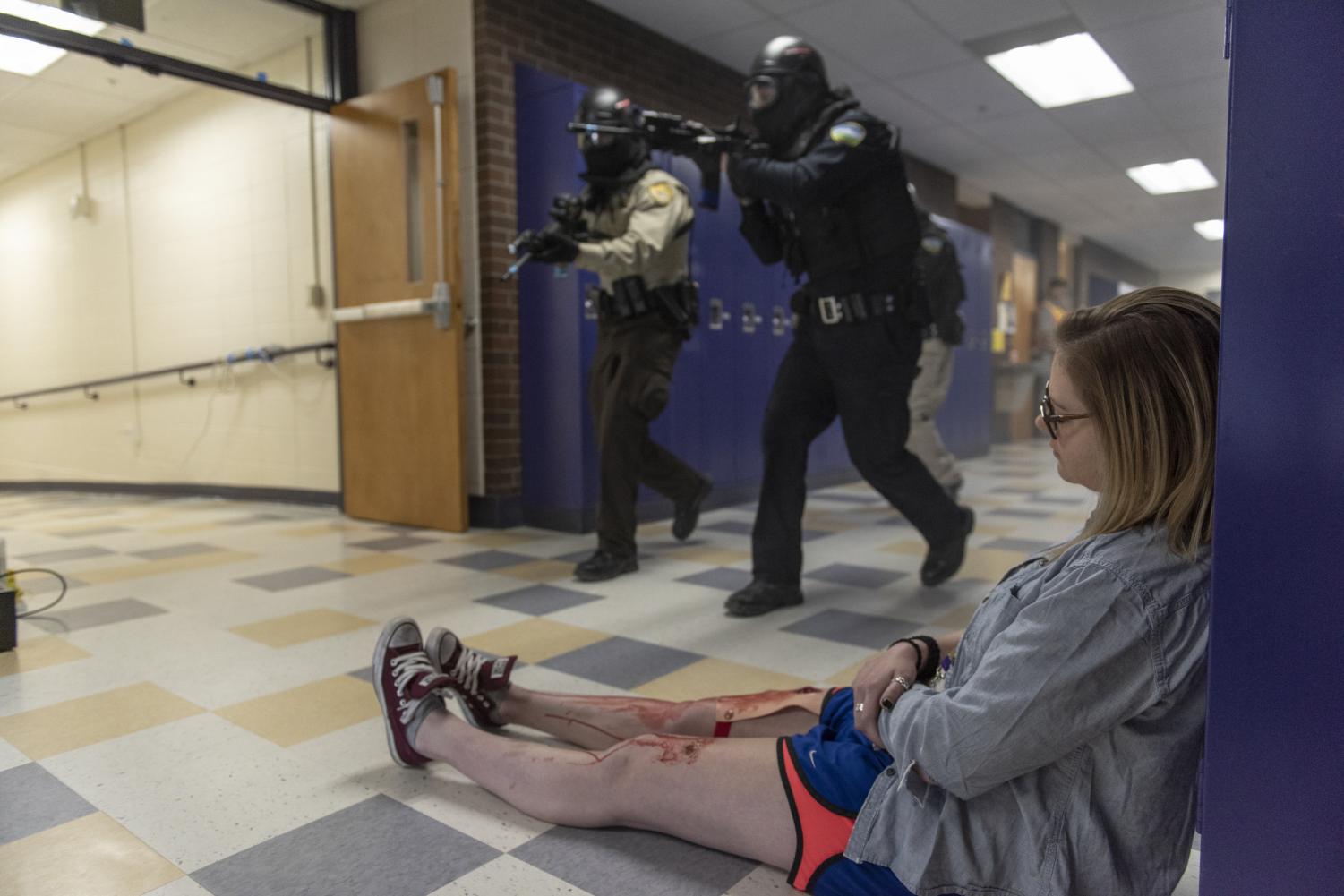
A woman sitting on the floor of a hallway pretending to be dead while police sweep the corridors of a school during a drill.
Schools participate in drills for the students’ safety and to make sure they are aware of what to do. Students are appreciative of the drills because they give them reassurance that they’ll be fine, or do they? We don’t really pay attention to how the drills affect the students mentally. Are school drills causing anxiety among students? According to NBC News, some schools go so far as to use fake blood and fire blanks at students for active shooter drills. Drills are perfectly fine because they’re necessary, but when you use fake blood to make it look real that’s not necessary. According to the National Association of School Psychologists, this type of behavior can traumatize students with no doubt. When planning drills they should include considerations for age and development levels, disabilities that might hold back mobility and access to instructions; sensory disabilities such as autism that might heighten a distress reaction or hold back response to instruction; and intellectual disabilities that might hold back understanding a situation or instructions. The routines of the drills aren’t what frightens the students, it’s the possible threats, says Kate Ryan from WTOP. When teachers listen to students’ thoughts and validate their feelings it makes them feel safer.
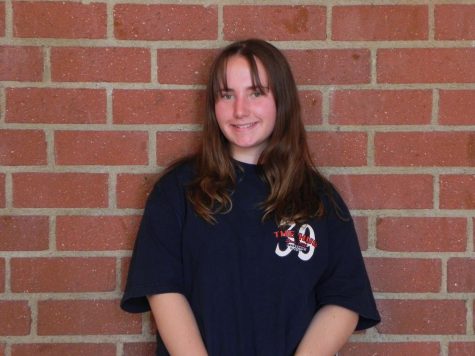
I am a freshman at Taft High and Section Editor for the Taft Tribune. Good-ish dancer, talented singer, likes writing, and I love having fun.


